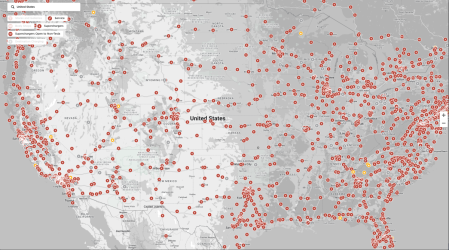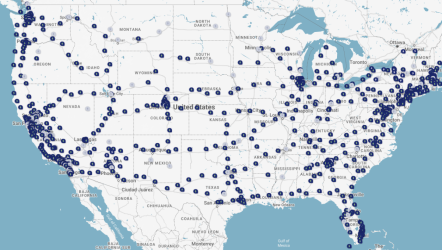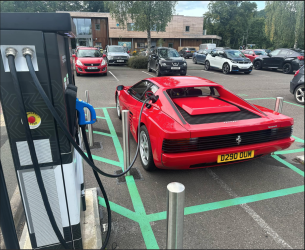You are using an out of date browser. It may not display this or other websites correctly.
You should upgrade or use an alternative browser.
You should upgrade or use an alternative browser.
General EV Discussion
- Thread starter Cruiser Elite
- Start date
elanshin
Established Member
- Joined
- Jan 25, 2023
- Posts
- 4,288
- Qantas
- Platinum
- Virgin
- Silver
- SkyTeam
- Elite Plus
Just curious, but is it really necessary for 700?I am thinking range anxiety will be fixed in the next 18 months. My current hybrid vehicles at home have a range of over 700 kms. Would like to pretty much match that with an EV.
Id imagine the niche situations where going from 500-700 is needed is quite few and far in between.
Quickstatus
Enthusiast
- Joined
- Oct 13, 2013
- Posts
- 17,208
Only because the vehicles don't have a petrol bowser at home.My current hybrid vehicles at home have a range of over 700 kms
But Evs you do have the equivalent - electricity.
EV = ABC = always be charging (when parked)
I think you have lots of workplace solar. Just install a few 32A 3phase AC chargers at home/work.
Then there are Tesla Superchargers, Ultrafast chargers such as AmpCharge, Evie (BP), NRMA, Jolt
Well @Quickstatus i am happy to wait. Big favorable changes are coming soon to range and we need to see what changes the various governments want to charge us to replace the petrol taxes.
One of my friends in the US went for a 100 mile range vehicle and that proved to be a bit inconvenient.
One of my friends in the US went for a 100 mile range vehicle and that proved to be a bit inconvenient.
Quickstatus
Enthusiast
- Joined
- Oct 13, 2013
- Posts
- 17,208
Dr Ralph
Enthusiast
- Joined
- Jan 21, 2014
- Posts
- 13,809
- Qantas
- Bronze
- Virgin
- Red
And how many gas stations are there?Not really...
Location of superchargers....
View attachment 341734
Electrify America superfast chargers
Tesla and Electrify have 75% of the market, there are others not in the map making up the other 25%
View attachment 341736
150,000+.
Most popular selling car in the US?
Ford F150.
Quickstatus
Enthusiast
- Joined
- Oct 13, 2013
- Posts
- 17,208
And how many gas stations are there?
Basically you are looking at a legacy industry as it is now, not evidence of future consumer sentiment.Most popular selling car in the US?
But to your point, Ev is not dead outside of California...
Scarlett
Established Member
- Joined
- Jun 27, 2011
- Posts
- 1,972
- Qantas
- LT Gold
- Virgin
- Platinum
There is also the small matter of a few other forward-looking countries around the world…Basically you are looking at a legacy industry as it is now, not evidence of future consumer sentiment.
But to your point, Ev is not dead outside of California...
- Joined
- May 1, 2013
- Posts
- 402
- Qantas
- Bronze
- Virgin
- Platinum
- Oneworld
- Sapphire
We are picking up a Model Y LR next Friday, currently only have 10a sockets at home but will be adding a 30a socket in the next week or so. The most common question/comment I’ve had is ‘what if you need to do a long trip?’ My answer is ‘I’ll charge it’ or ‘I’ll take our other car.’ I don’t think people realize how infrequently they fill up their ICE vehicles or that range is comparable, but I’ll start each day (most days) with a full tank Whereas others aren’t.
elanshin
Established Member
- Joined
- Jan 25, 2023
- Posts
- 4,288
- Qantas
- Platinum
- Virgin
- Silver
- SkyTeam
- Elite Plus
Also for thise not aware, SIXT right now has some pretty decent rental prices for EV rentals (they typically have BYD Atto3, Tesla M3 or Y) with free charging. It's definitely cheaper than equivalent sized ICE cars I've found.
If you're going away for a period and need a vehicle or even just looking to test for a day trip, this can be a good option to see if you like the vehicles for more than just a 30min test drive.
Personally I tried a Tesla Y last weekender to LST. Which came in at about $110 per day before extras.
If you're going away for a period and need a vehicle or even just looking to test for a day trip, this can be a good option to see if you like the vehicles for more than just a 30min test drive.
Personally I tried a Tesla Y last weekender to LST. Which came in at about $110 per day before extras.
- Joined
- Nov 13, 2019
- Posts
- 476
- Qantas
- Platinum
- Oneworld
- Emerald
This might be useful for those still thinking to make the switch:

 www.racv.com.au
www.racv.com.au

2025 Melbourne International EV AutoShow: event details, tickets & getting there | RACV
Here’s your guide to the 2025 Melbourne International EV AutoShow that runs from June 27-29, showcasing new electric cars, SUVs and utes, home charging solutions and more.
Cruiser Elite
Enthusiast
- Joined
- Oct 31, 2010
- Posts
- 14,429
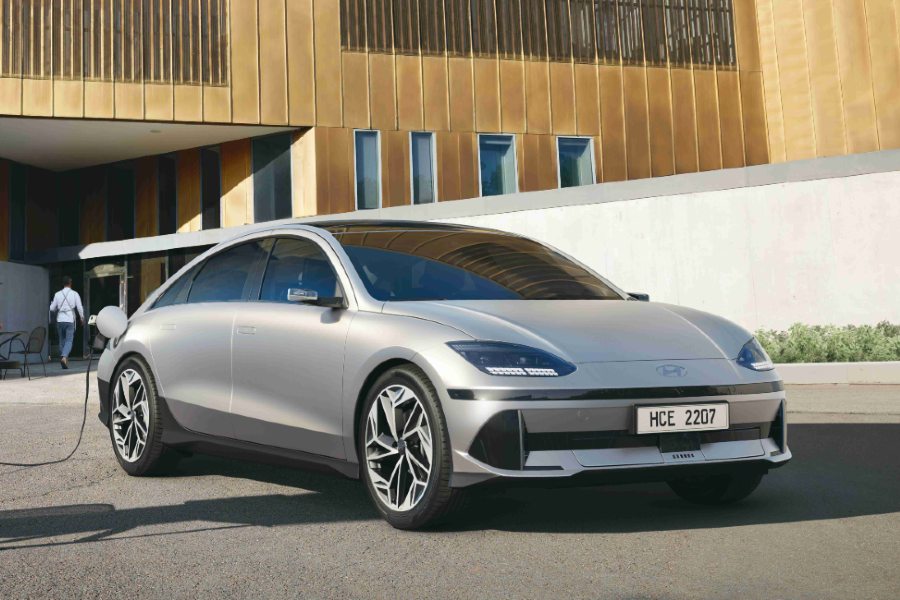
11 unique features found in modern electric vehicles | RACV
If you’re not sure if you’re ready to transition to an EV just yet, here are just some of the things an EV can do that petrol cars simply can’t (or don’t), including ‘dog mode’.
Read our AFF credit card guides and start earning more points now.
AFF Supporters can remove this and all advertisements
Quickstatus
Enthusiast
- Joined
- Oct 13, 2013
- Posts
- 17,208
Yes, just charge it while sleeping‘what if you need to do a long trip
Mosat cars are left in the garage for at least 10hrs a day.
10hrs @ 10A circuit = 23kWh = 150km range added (approx)
10hrs @ 32A circuit = 73kWh = 490km range added
When I use the 3phase I can add 11kWh/hr (limit of charging rate for Tesla in Australia)
This means I can fully charge a Tesla from empty in about 7 hours while I am sleeping
In term of "fuel consumption" The Teslas are getting about 16kWh per 100km. (Or about $3.2 per 100km @20c/kwh , A 10L/100km petrol car will cost $20 per 100km)
ayebee
Active Member
- Joined
- Jan 20, 2015
- Posts
- 675
- Qantas
- LT Silver
16kWh/100km sounds efficient.In term of "fuel consumption" The Teslas are getting about 16kWh per 100km. (Or about $3.2 per 100km @20c/kwh , A 10L/100km petrol car will cost $20 per 100100km
Is that your measured economy or as claimed by Tesla?
Quickstatus
Enthusiast
- Joined
- Oct 13, 2013
- Posts
- 17,208
Measured - as displayed in the energy app of the vehicle. Increases when going uphill or when high speed , reduces when going downhill or going slowerIs that your measured economy or as claimed by Tesla
Tesla quotes a bit less.
TheRealTMA
Senior Member
- Joined
- Jul 13, 2012
- Posts
- 8,339
- Qantas
- Platinum
Some may be interested in this article.
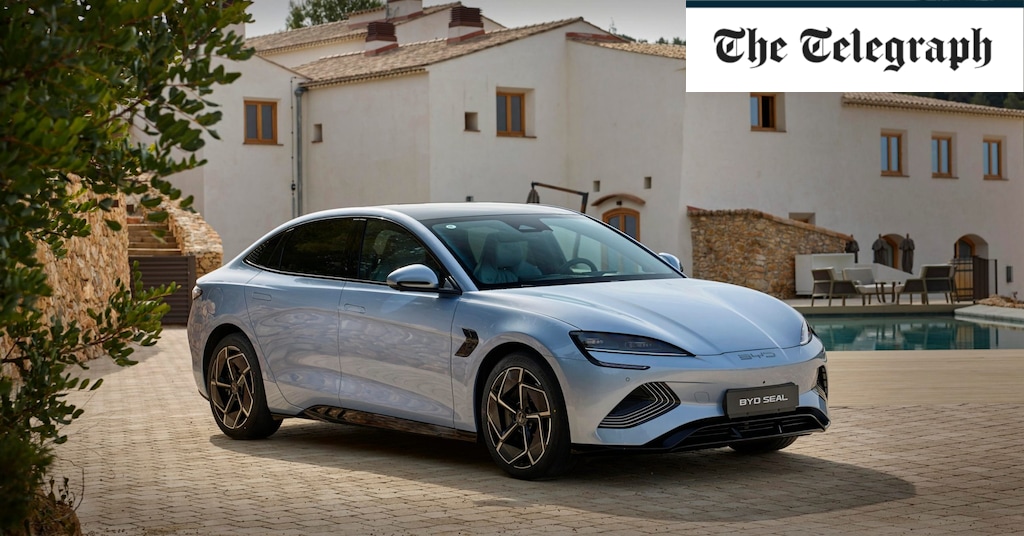
 www.telegraph.co.uk
www.telegraph.co.uk

BYD Seal review: Proof that China is catching up with Tesla
Is this the most credible car yet from this Chinese car maker and moreover, is it actually better choice than a Tesla Model 3?
- Joined
- Mar 26, 2017
- Posts
- 2,552
- Qantas
- LT Gold
- Virgin
- Gold
I found this article interesting too
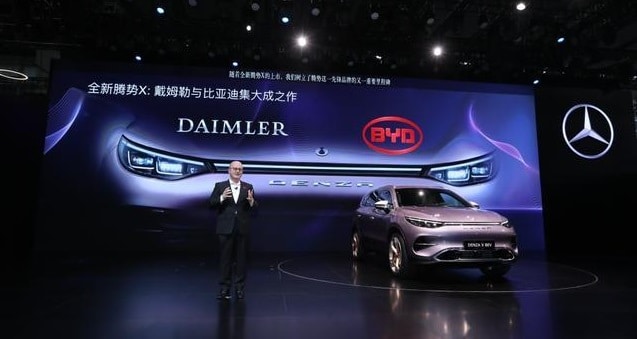
 carnewschina.com
carnewschina.com

Mercedes-Benz to use BYD Blade batteries in their EVs, according to report
Mercedes-Benz has experience in cooperation with BYD since 2010.
 carnewschina.com
carnewschina.com
i'm interested in bidirectional charging/power:
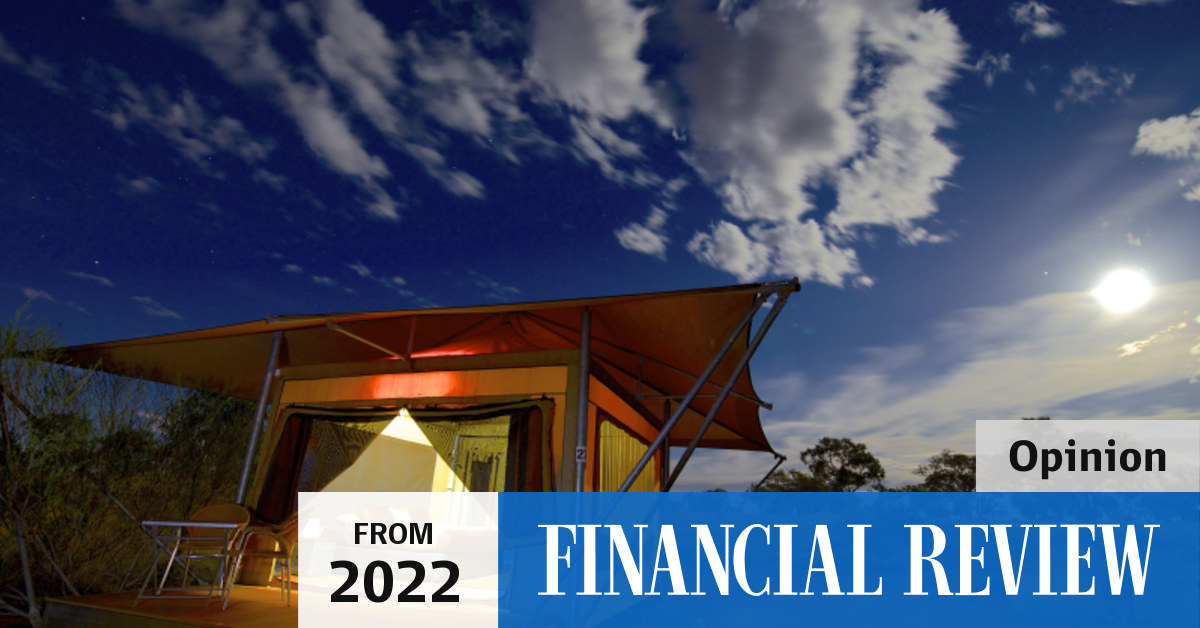
 www.afr.com
www.afr.com
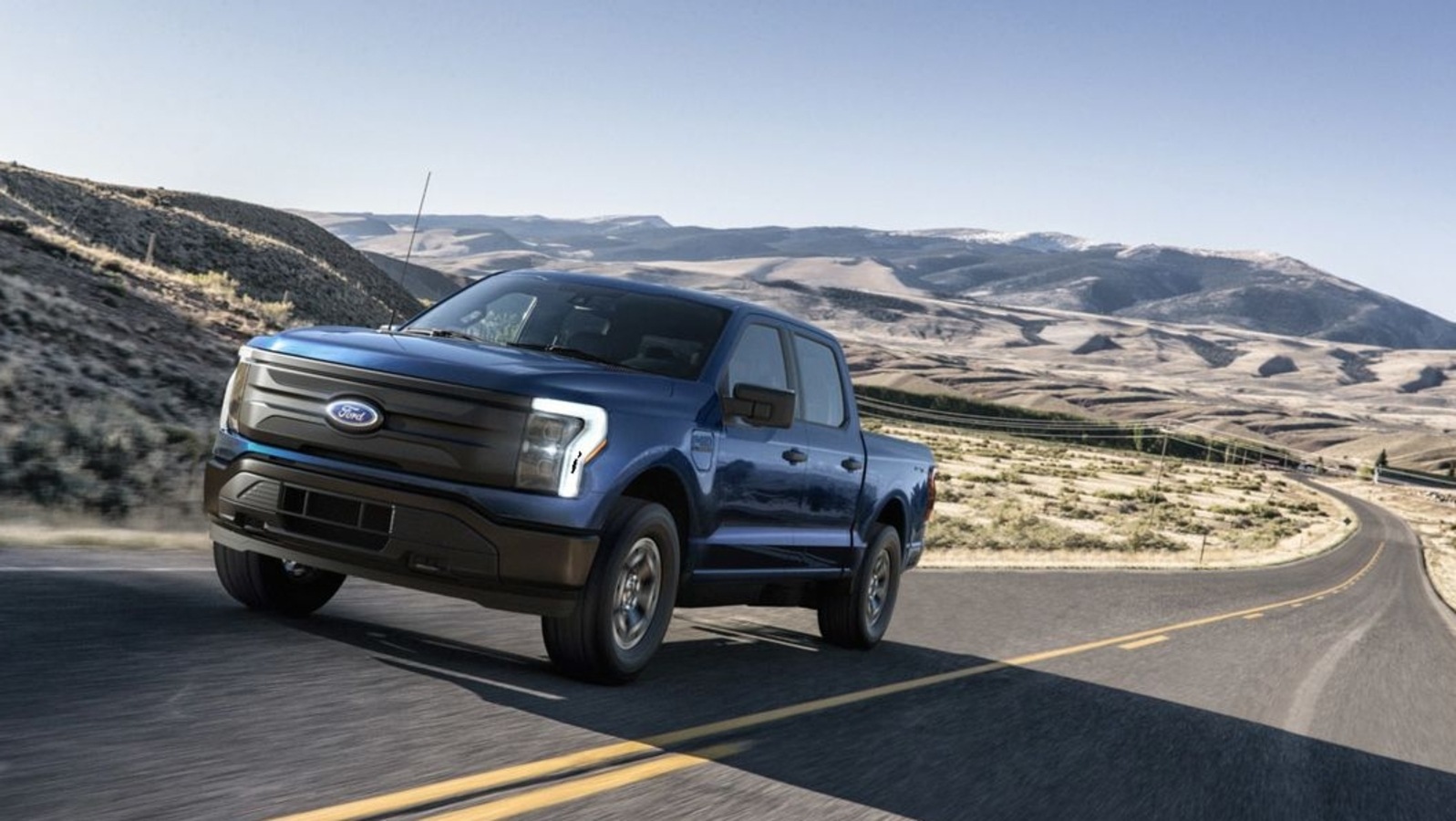
 tech.hindustantimes.com
tech.hindustantimes.com
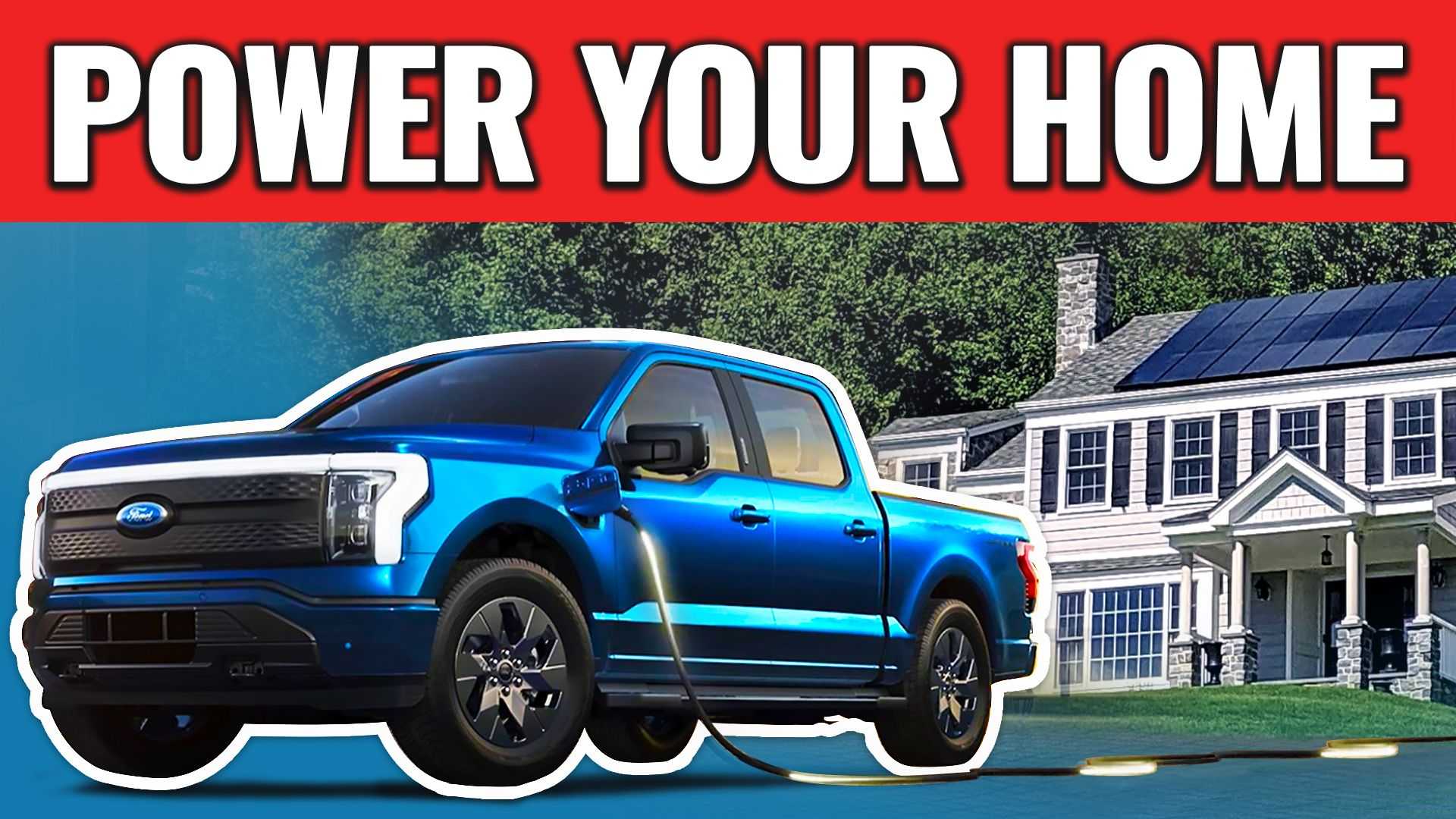
 insideevs.com
insideevs.com
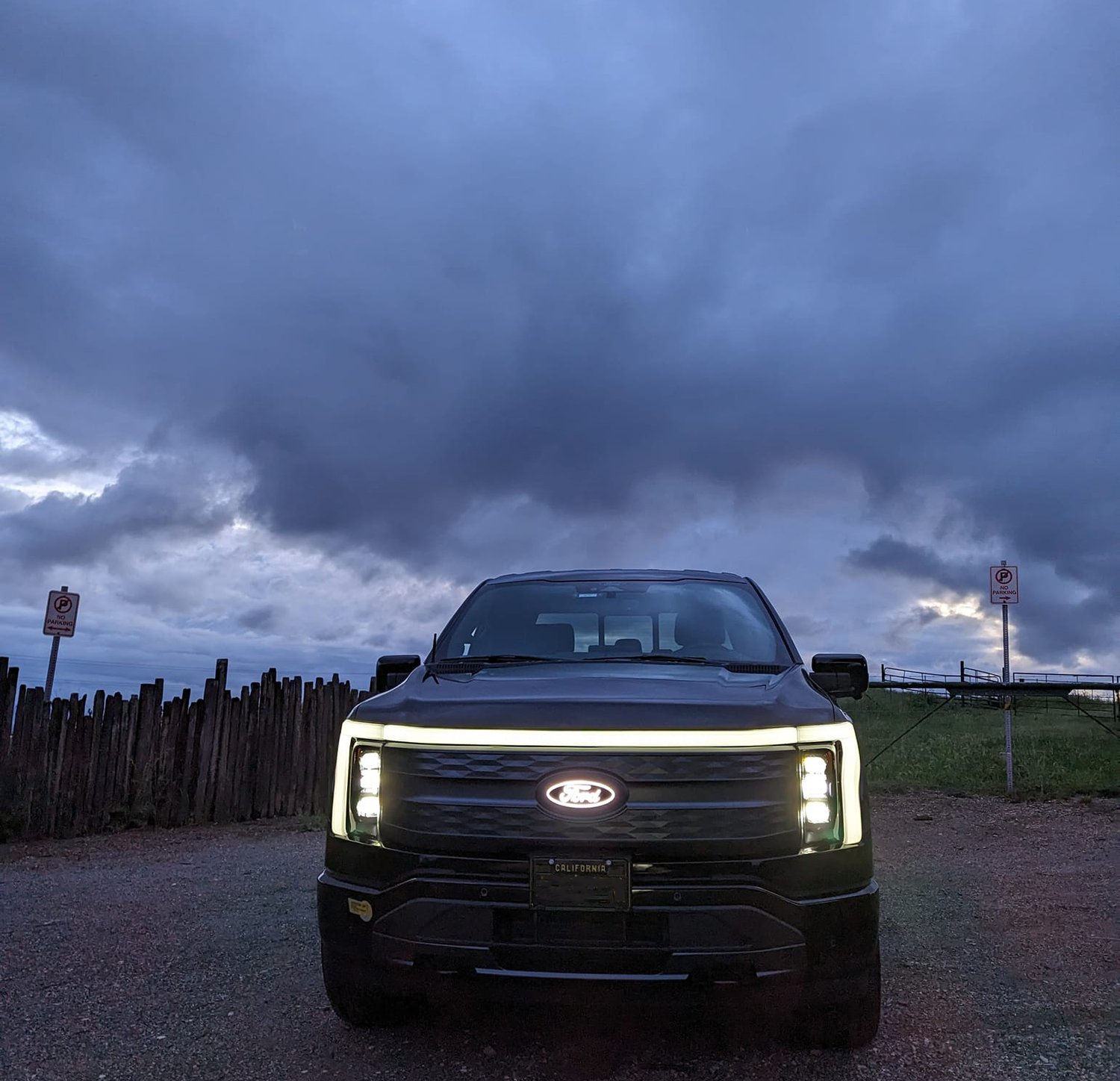
 www.acterra.org
www.acterra.org
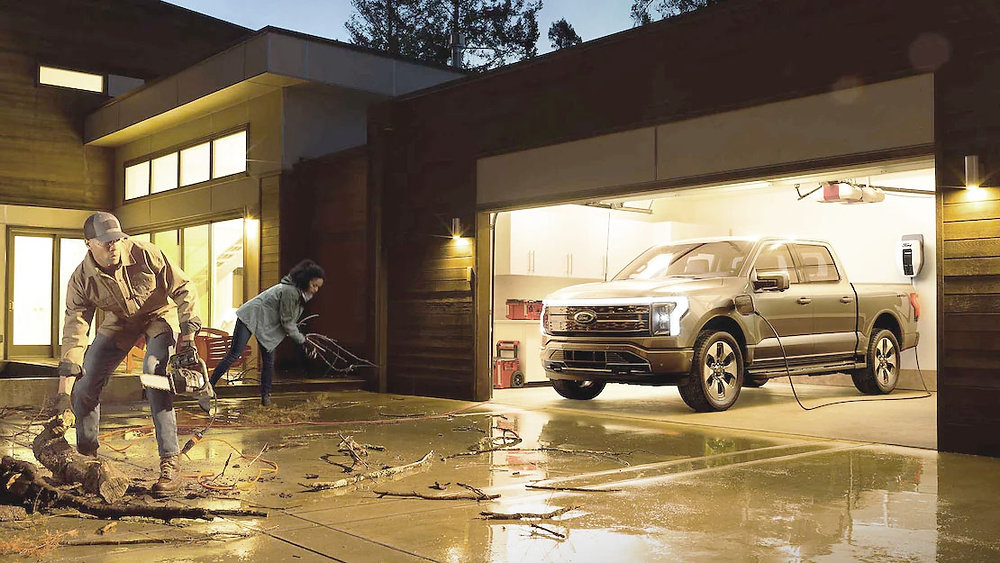
 www.enxconsulting.au
www.enxconsulting.au
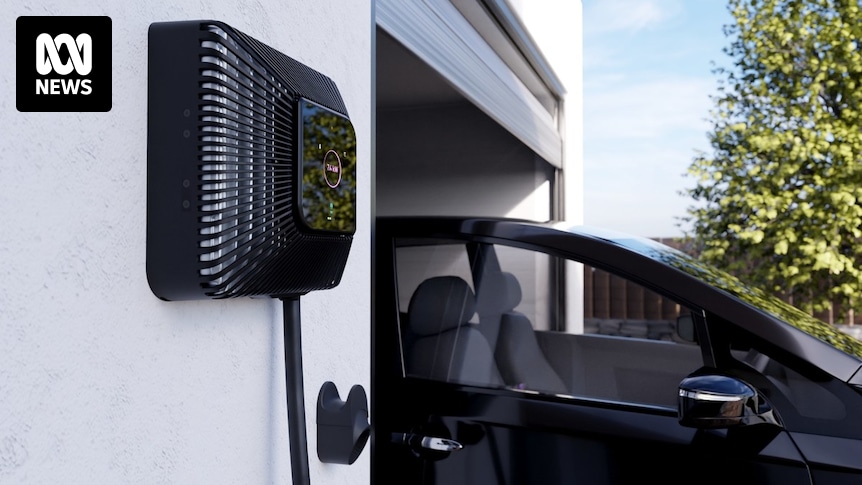
 www.abc.net.au
www.abc.net.au

 arena.gov.au
arena.gov.au
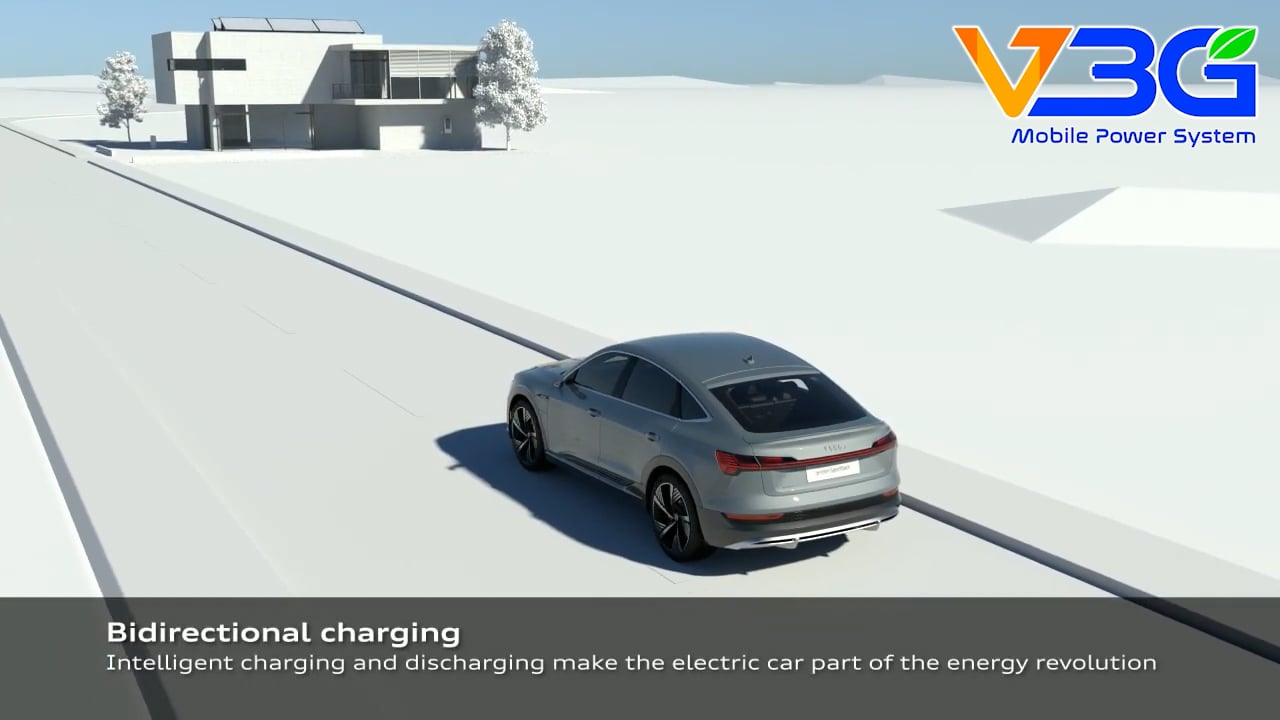
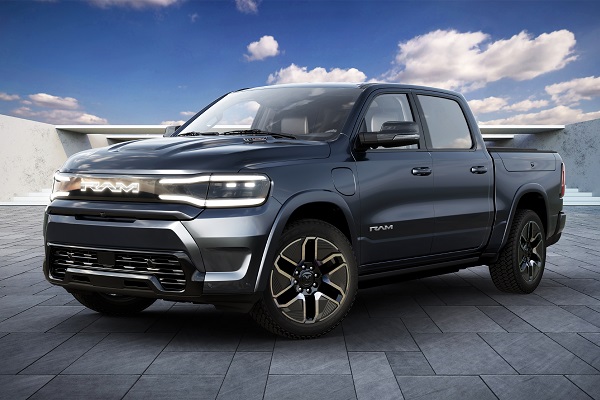
 electricalconnection.com.au
electricalconnection.com.au
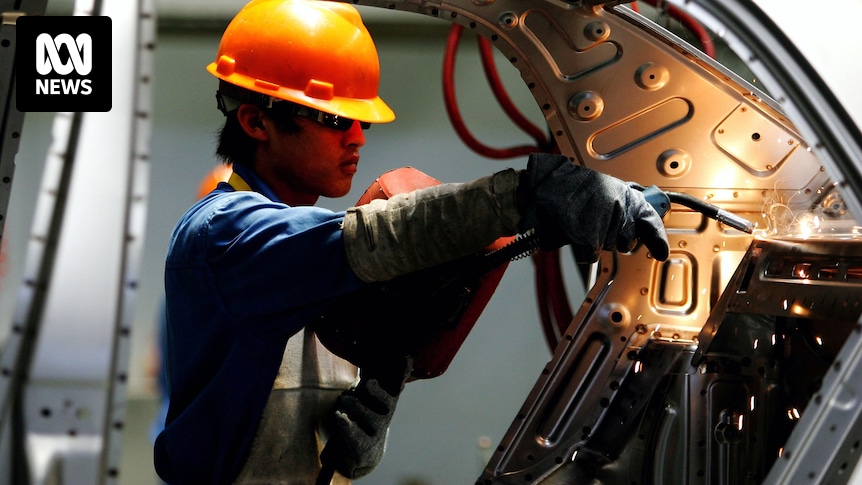
 www.abc.net.au
www.abc.net.au
The electric car that could power your home
Ford has unveiled something new that will allow me to comprehensively out-do my fellow campers - a piping hot jacuzzi (albeit a blow-up one).
The most popular residential battery storage system in Australia is the Tesla Powerwall which is currently priced at $14,650 (plus installation) and provides 13.5 kilowatt-hours of energy. The Ford F150 $5500 home integration system meanwhile gives you access to 98 kilowatt-hours of battery-stored energy.
To help put this storage in perspective the maximum amount of electricity my home in Victoria will use on a cold day in winter gets close to 30 kilowatt-hours of electricity. This is mainly for heating the home and providing hot water, but usually, I need far less electricity than this.
In fact, if I upgraded my puny 1.4 kilowatt solar system to what is typically being installed today of 8 kilowatts – the F150, in combination with that solar system, would get me through the whole of winter without the need for any electricity from the grid.
Of course, this is all a bit theoretical because you need to drive that car, not just leave it plugged in. And outside of winter I’ll have way more solar generation than I can consume, and use, to fill my car battery, so I want to be connected to the power grid, so I can share and sell my solar power.
But the thing is that most people will only use a small fraction of an electric vehicle’s total battery capacity for their average daily commute. The average passenger car in Australia travels 30 kilometres per day. The F150 would use up about 10 kilowatt-hours to cover that distance leaving almost 90 per cent of the battery unused. That spare capacity could be transformative for our power grid. If you multiply out the F150 Lightning’s 9.6 kilowatts electrical export capacity by Australia’s 15 million passenger vehicles, you’ve got yourself 144 gigawatts of power.
By comparison Australia’s entire coal fleet is about 23 gigawatts.

How Ford F-150 Lightning Electric Pickup Can Power Your House for 10 Days
Transforming a Ford F-150 Lightning into a backup generator means you can keep the lights on during blackouts. Here’s the extra equipment you’ll need to use the EV battery to power a home.

Watch Ford F-150 Lightning's Intelligent Backup Power System Work At My Home
We demonstrate how Ford's Intelligent Backup Power system works to power a home in the event of a power outage in a complex home electrical setup.

The F-150 Lightning Vehicle-to-Home: Energy When and Where You Need It! — Acterra
by Christopher Bowe “Screws fall out all the time; the world is an imperfect place.” This matter-of-fact line from John Hughes’ 1985 film “The Breakfast Club” is a reminder of the unpredictability of life. Whether caused by a utility company’s equipment failure, a power safety shut-off, a rolling

V2X – what's in store for Australian consumers?
Since we wrote this blog, we have prepared a more comprehensive and up-to-date report for ARENA. You can find it here.Key points: • Vehicle-to-X (V2X) refers to the ability to use an EV as a bidirectional power source. • Internationally, a growing number of mass-market EV and EV supply equipment...
Bidirectional chargers for EVs are finally approved in Australia, and they'll be a game changer
A new kind of charger that allows an electric vehicle to be used as a giant home battery is close to going on sale in Australia. So how does it work and is it worth the price?

V2X.au Summary Report Opportunities and Challenges for Bidirectional Charger in Australia
This report examines both opportunities and barriers to domestic adoption of V2G technology, painting a generally positive perspective regarding limiting issues.

RAM 1500 REV to go on sale in Australia as brand’s first electric ute - Electrical connection
RAM Trucks, the American automaker owned by Stellantis, has confirmed that it will be bringing its first all-electric vehicle, the RAM 1500 REV, to Australia. Set to rival the upcoming Ford F-150 Lightning (which is still yet to be lined up for an Australian arrival), RAM’s electric pickup truck...
 electricalconnection.com.au
electricalconnection.com.au
Australia has all the important minerals for EV batteries. So why aren't we making them?
Most of the world's new electric vehicles contain minerals from Australia. So should we make EVs locally, and what would it take?
Become an AFF member!
Join Australian Frequent Flyer (AFF) for free and unlock insider tips, exclusive deals, and global meetups with 65,000+ frequent flyers.AFF members can also access our Frequent Flyer Training courses, and upgrade to Fast-track your way to expert traveller status and unlock even more exclusive discounts!

AFF forum abbreviations
Wondering about Y, J or any of the other abbreviations used on our forum?Check out our guide to common AFF acronyms & abbreviations.
Currently Active Users
- vyralmonkey
- mrsterryn
- CaptJCool
- Quickstatus
- Cottman
- Gladstone Tim
- risky
- Arkana
- Pete98765432
- Dmac59
- sudoer
- RB001
- Nic
- Pgall91
- flyerboy
- Capricornus
- Rangalad
- zdb97
- Chrizztofa
- blackcat20
- tanahflyer
- kpc
- Hunter4vr
- Harrison_133
- Ak19
- michaelk
- lisemare
- Luke B
- woolton
- dajop
- cory
- Jacky113
- pjm99au
- esquire
- double06
- frodo
- Doug_Westcott
- flyingfan
- wenglock.mok
- Wing Nut
- DejaBrew
- gman83
- justinbrett
- jase05
- snooze
- Aussie_flyer
- bPeteb
- tim84
- Dominic69074
- kookaburra75
Total: 904 (members: 68, guests: 836)







